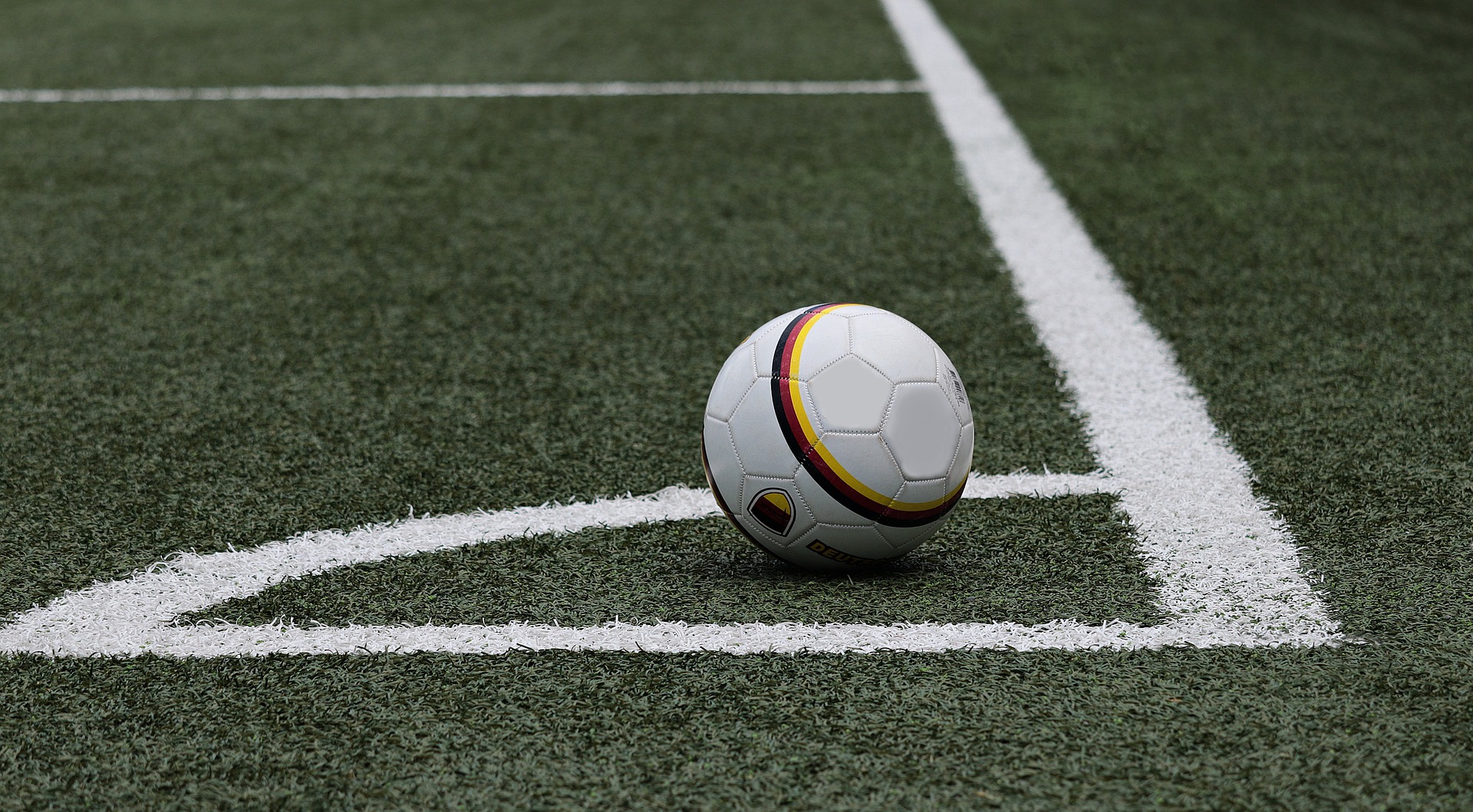5 Ways Tech Has Changed Sports

Since the dawn of man, mankind has looked for ways to entertain itself, and one pastime that has yet to disappoint is sports.
It’s quite strange to think about just how long the concept of sports has been around. The first known public sports event took place in 1500 B.C., which took place in Egypt in the form of horse racing! That’s pretty surreal to think about.
But sports haven’t stayed the same throughout its life. The concept of sports has evolved throughout the centuries until today, where sports have become a career for some, and a day of celebration and entertainment for others.
No matter where you are, you know what I’m talking about. In the United States, football and basketball dominates the market, and during their respective seasons, it’s almost impossible to not hear others talk about the most recent game or talking about their fantasy sport picks, and in a major part of Europe, soccer is the football of the continent, literally and metaphorically.
Honestly, it’s pretty easy to call sports the obsession of civilization, and it’d be pretty apt, but for good reason. For many, a sports game can bring joy with family and friends every weekend and gives way to conversation and talk.
But sports have evolved in the modern age, in the way we view them, the way we bet, and various other ways.
1. Streaming
A major form of evolution is definitely in the way we actually watch sports. While many, and I mean many, people group up with friends and family and watch sports games live on the living room TV, many now use the option of streaming games through a streaming service such as ESPN.
This may not be as exciting as watching a game live but being able to watch the latest football game anytime anywhere is a must today, and for lovers of re-watching sports games, this factor is crucial.
2. Live-Betting
Now let’s talk about betting. It’s no secret that sports have made a lucrative business out of betting, and many people have either found fortune or loss in the various forms of betting that is associated with sports. From fantasy football, where people pick players to make a team, to standard win-or-lose bets, sports have consistently entertained the pastime.
A popular form of betting in the modern age is “live-betting”, a form of betting where bettors on the side are consistently being offered to bet on certain things throughout a live game, from how many touchdowns a team will make to how many downs, and etc.
While these sights have been around for a while, they’ve relied on sportsbooks to play. A sportsbook is an establishment that is responsible for hosting the bets and paying out the wins to the winners. Nowadays, options for betting aren’t necessarily limited to sites with sportsbooks. Some privately run sites run betting without having an enterprise managing everything, but depending on where you are, this could be seen as illegal.
But the concept of not needing a sportsbook is a new and enticing evolution of sports betting that will hopefully see more fame and acceptance as time goes on, though betting is still a sore spot for many countries, so expect bookie-less betting to take a while to take off.
3. Health Monitoring
Technology hasn’t just aided spectators though. Athletes that participate in the sport also benefit from technology in many forms, from monitoring to aid.
When it comes to monitoring, many athletes have benefitted from
Before wearable health monitors were a thing, dehydration, exhaustion, and heart attacks weren’t uncommon, especially in sports such as football. But now that we have ways of actually monitoring these issues, measures can be taken to keep players safe and healthy during a game.
This kind of technology doesn’t even stop at wearable monitors. Many teams may opt to use ingestible thermometer pills, which offer a way to get accurate readings of body temperature, as heat exhaustion is responsible for many fatalities on the field.
4. Safety Precautions
And while many injuries happen on the football field or the court of a basketball game, we can’t forget the risks of driving a fast car against cars of equal speed, ala NASCAR. Considering how dangerous driving is in everyday
Fortunately, the director of Safety, Research, and Development of NASCAR, Thomas Gideon, supported the distribution of the HANS device.
The HANS device works in conjunction with a racer’s helmet. It is u-shaped so it can fit behind the neck, with two arms that drape over the chest. The HANS device is then connected to the helmet by two anchors on both sides. This is so that the racer’s neck is not at risk of suffering from whiplash, lessens risk or injury of the neck during a crash, and prevents general twisting.
5. Prostethics
But probably one of the greatest, if not the greatest, advancement that has aided athletes is the use of prosthetics. Think about it. Before prosthetics were a viable option available to the public, people with disabilities weren’t able to compete in any physical sport, no matter how badly they wanted to play. Now, prosthetics offer the disabled a chance to experience the thrill that sports have to offer.
Judging by this article, it can be easy to see that advancements in technology has mainly benefitted the participants of the sports more so than the spectators, but that’s for a reason. Spectators will gain convenience of watching sports as camera tech and streaming technology grows, but athletes count on specific needs being met. How else will a coach know that a player is dehydrated without some sort of monitoring? When they’re getting rushed to the ER?
Athletes have benefitted from technology, but there is still risk involved in playing such physically taxing sports. As technology advances, these players will hopefully be met with greater concern and they can play without worrying about gaining a concussion or passing out from heat exhaustion.
Point is, sports have been around for a long time, but they have never been as convenient or as safe to play as now. Missed a game? Just stream it. Athlete showing symptoms of dehydration? Check and make sure they’re not actually dehydrated. Want to bet without the overhead? Boom, there’s a website for that.
Sports have evolved past a point that only effects the sport itself. Now, athletes and spectators are being affected by the evolution that is technology.





